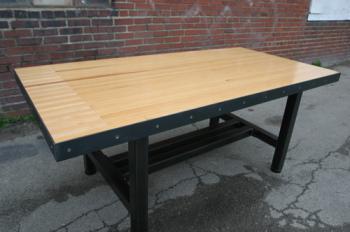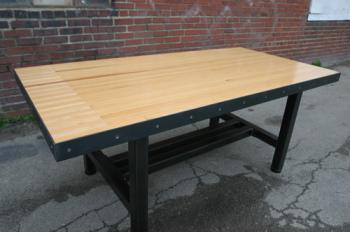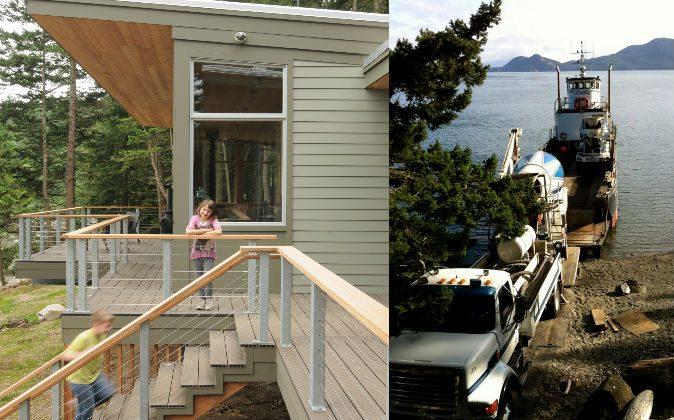Just as the hip kid in school finds cheap ways to piece together thrift store outfits, one homeowner’s building scraps can transform into another’s nest.
Reclaimed materials—which would otherwise end up in a landfill—can become the ingredients that add character to a remodel while under budget constraints.
Besides, reuse is smart, righteous, sexy, and progressive, according to PlanetReuse, out of Kansas City, Missouri.
From simple to zany—antique heart pine to Minnesota Timberwolves’ gym floor, wall brick to bowling alley turned countertop—an assortment of goods are available through PlanetReuse.
Operating as an online posting board of listings and requests, PlanetReuse has tapped into a new, old market, brokering products—in a fun and interesting way. Consumers can hone in on the reclaimed materials they need.
“Waste is piling up around our planet, billions of tons annually…with as much as 40 percent coming from construction projects,” states PlanetReuse.
By reusing, homeowners can begin their mission toward saving the planet, and money, too—saving approximately 15 percent to 20 percent.
But those who are confused about how to make a certain reuse project work—fear not—PlanetReuse also offers consultation services. Consultations include design insights that make material reuse as easy as possible and guidance for building owners and contractors, working together to recycle while deconstructing.
Material reuse is practical; it is intelligent. And people are catching on.
Certain nonprofits are selling materials for reuse. The ReUse People of America sell salvaged materials from deconstruction projects in their regional warehouses, and in doing so they have diverted “over 260,000 tons of used building materials from landfills.”
With locations throughout the U.S., in over 40 states, Habitat for Humanity ReStores accept donations that are then sold at a fraction of retail cost, helping to fund the construction of future Habitat homes.
Reuse is evolving; it is unfolding
On October 18 to October 20, Raleigh, N.C., hosted the first annual ReuseConex, a national conference centered on the importance of reuse. As environmental awareness grows, consumer demands and preferences shift.
In his best-seller, The Daily Planet, Paul Griss says, “Just as we cannot blame others for destroying the environment, so we cannot look to others to protect the environment. Responsibility for both begins at home.”
It appears the building world is taking note. And so are homeowners.









Friends Read Free